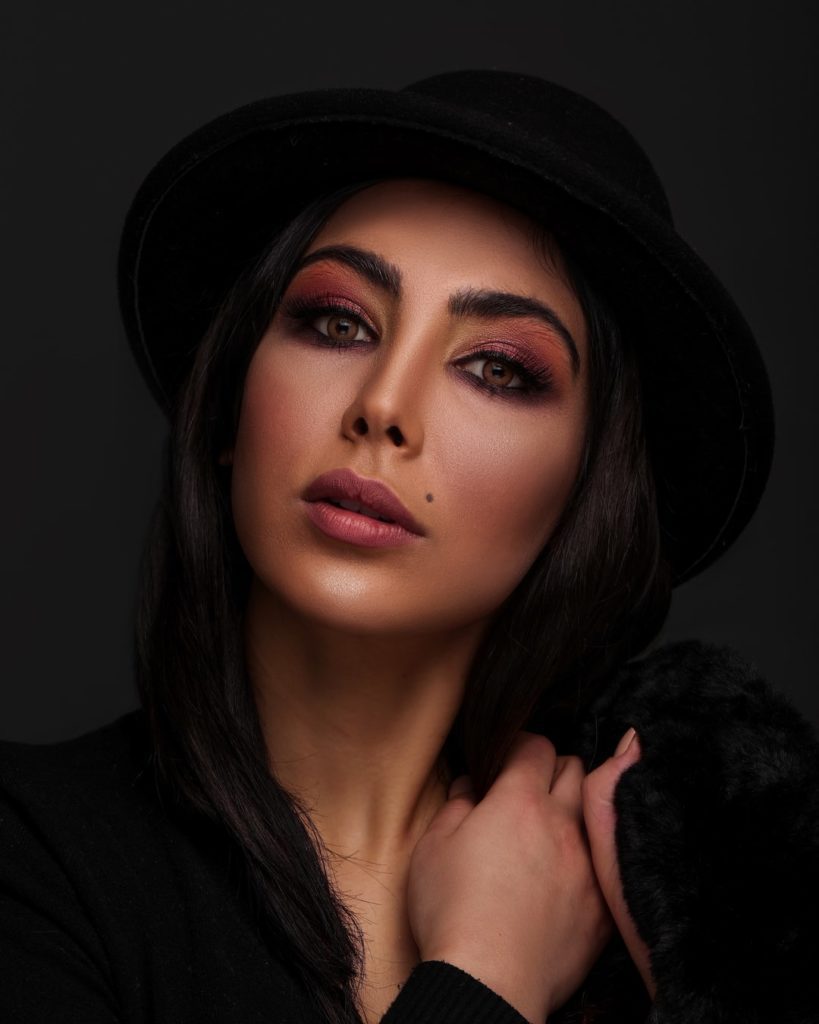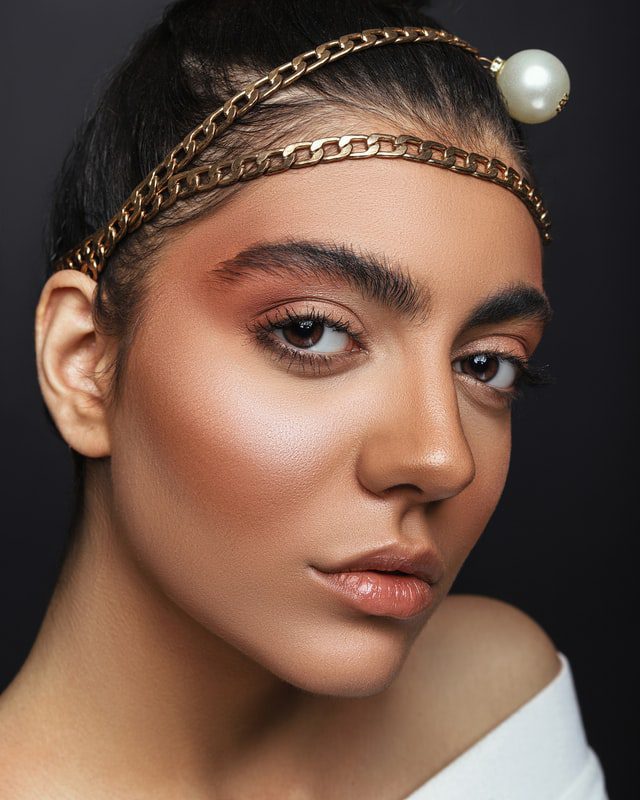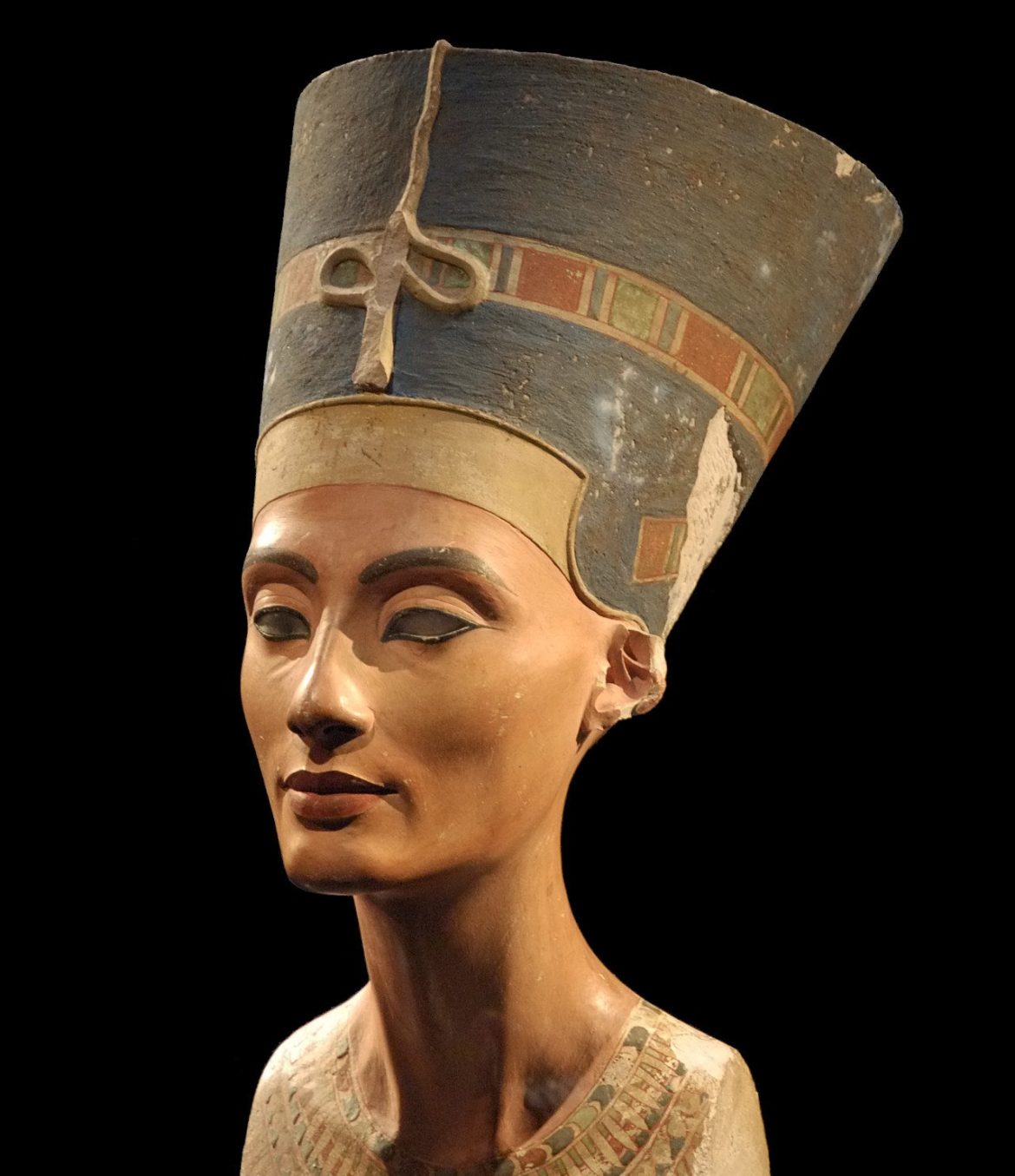ANCIENT EGYPT—10,000 BCE to 4,000 BCE
Women use creams and oils to soften our skin and protect us from the elements—and that’s how it’s been since 10,000 BCE, when archeologists revealed that the Ancient Egyptians used thyme, marjoram, chamomile, lavender, lily, peppermint, rosemary, cedar, rose, aloe, olive oil, sesame oil, and almond oil, just as we do today. And while makeup was used to enhance a woman’s beauty and decorate her skin, its primary purpose was to protect themselves from the sun’s harsh rays and the drying winds and sands.
Preserving their youth was as important to Egyptian women as it is to Everywoman today. A mixture of aloe, myrrh, and frankincense was an anti-wrinkle cream with anti-inflammatory properties that kept the skin free from blemishes and acne, as a purifying facial mask made from honey and milk. A cream made with castor, sesame, and moringa oils was a moisturizer, and a soapy paste with clay and olive oil as a facial cleanser and makeup remover; add sea salt for an excellent exfoliant.
And if you ever run out of sunscreen, beat some ostrich eggs with milk, olive oil, a pinch of flour, and a few drops of essential oils and herbs—and voila!
At the end of a long day in the Valley of the Kings, noblewomen would bathe in milk— except for Cleopatra, who preferred to immerse herself in a bath of sour milk.

Dramatic makeup today is inspired from Ancient Egypt The Original “Smokey Eye” Photo by Amir Seilsepour
Galena mesdemet, a mixture of copper and lead ore, and a paste made from grinding pieces of the semi-precious stone, malachite, and copper with a mortar and pestle for eyeshadow. The exaggerated almond-shaped outline of the eye was kohl made from a mixture of burnt almonds, oxidized copper, animal fat, ash—and lead, which, with prolonged exposure, modern science reveals is deadly.
The original lipstick, nail polish, and blush were made with red ochre clay and henna.
ANCIENT GREEK and ROMAN EMPIRES, ca. 800 BCE to 600 AD

Modern beauty inspired by Ancient Romans and Greeks Photo by Nojan Namdar
The Ancient Romans and Greeks used many of the same ingredients that the Egyptians did, in the same manner, and for the same reasons. Actually, the word cosmetics comes from the Latin word cosmetae. Cosmetae were slave beauticians who plucked out hairs, one hair at a time, from her mistress’s body—legs, arms, face, all parts of the body where a hair might grow—and applied special unguents and exfoliants to achieve the smoothest skin possible. Facial masks made with fresh berries and milk, or honey and yogurt, were believed to have anti-aging properties. A mixture of cornstarch and eggs tightened the skin and reduced wrinkles. Barley flour and butter cured acne and pimples, and finger polish was made with sheep’s fat mixed with blood. A woman would spend an entire day at the spa receiving such treatments, finishing with a mud bath, then a rubdown with fragrant oils that left the whole body radiant and youthful.
Fair skin was a sign of aristocracy in Ancient Rome and Greece. A woman who suntanned was identified as being a slave or member of the lower class. To lighten their skin, affluent women used a mixture of powder made of white lead and chalk mixed with crocodile dung. Oh, the price of beauty…
CHINA
Shang Dynasty, 1760 BC
The earliest records of skincare in the Far East come from the Shang Dynasty. White complexions were a sign of nobility, but the Chinese went a step further than the Ancient Romans and Greeks: they shaved off their eyebrows before bleaching their complexion with a gel made from songyi mushrooms, lead, and rice. One empress developed a skincare routine of daily facial massages, a diet of black beans, sesame seeds, and Chinese yams, and cleansers made from seaweed and jellyfish.
INDIA
3,000 BC
A traditional Hindu system of medicine practiced to this day in India is Ayurveda (Ayur means life, Veda means science or knowledge), which uses herbal treatments and yogic breathing to balance the bodily systems, promote good health, and prevent aging. Cold cream was first invented in this part of the world by mixing rose oil, water, and melted beeswax together. Henna was used as a hair dye and in mehndi, an art form where complex designs are painted on the hands and feet before a Hindu wedding.


